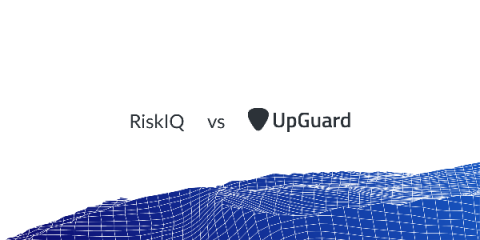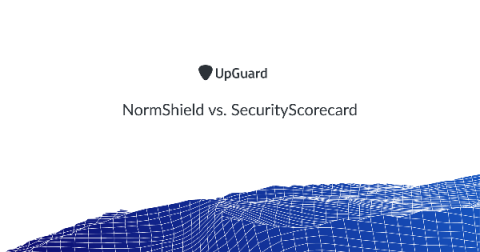Tips for Managing Third-Party Risk in Health Care
The healthcare industry possesses the crown jewels that the bulk of attackers are after: Personally Identifiable Information (PII). Data has become the new currency in the digital underground, consisting primarily of social security numbers, credit card information, health information, and passwords.





